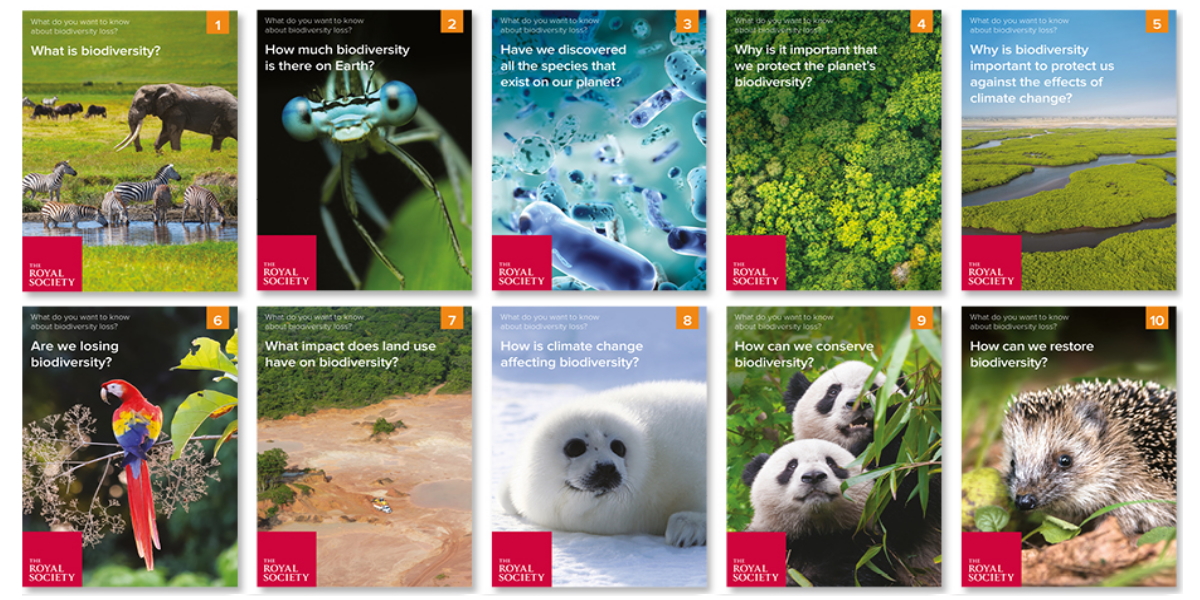Filters
Clear allSubject
- Climate Change (3) Apply Climate Change filter
- Computing (12) Apply Computing filter
- Creative arts and media (1) Apply Creative arts and media filter
- Cross curricular (3) Apply Cross curricular filter
- Design and technology (1) Apply Design and technology filter
- Engineering (1) Apply Engineering filter
- Mathematics (4) Apply Mathematics filter
- Science (15) Apply Science filter
- STEM Clubs (1) Apply STEM Clubs filter
Age range
Type
- Activity sheet (9) Apply Activity sheet filter
- Assessment (1) Apply Assessment filter
- Group work (2) Apply Group work filter
- Information sheet (5) Apply Information sheet filter
- Interactive resource (1) Apply Interactive resource filter
- Poster (3) Apply Poster filter
- (-) Remove Presentation filter Presentation
- Research (2) Apply Research filter
- (-) Remove Teacher guidance filter Teacher guidance
- Textbook (4) Apply Textbook filter
- Video (1) Apply Video filter
- Include Physical Resources (0) Apply Include Physical Resources filter
Showing 29 results
The IDEAS training materials are for use on continuous professional development courses to support the teaching of ideas and evidence in school science. The materials offer six in-service CPD sessions, which take approximately half a day each. Ideas and approaches for lessons are illustrated using materials...
This activity from the Computer Science for Fun (CS4FN) team at QMUL is an introduction to algorithms suitable for those in upper primary school. A ‘self-working’ magic trick is shown – this is a trick that works every time, as long as the process is followed exactly. No understanding of the trick is needed by the...
These paired activities, from Paul Curzon of the CS4FN team, offer an interesting slant on search algorithms and their relative efficiency.
Students are asked to consider sufferers of ‘locked-in syndrome’, a condition that leaves a healthy mind inside body that is, often, completely paralysed. If the...
This series of five one-hour lessons covers computer networks at secondary-school level. The objectives of the lessons are:
- Describe what a network is, the difference between a LAN and a WAN and identify three network topologies.
- Describe pieces of hardware that are needed in a network. ...
This activity helps learners become aware of the importance of maths in their vocational area and use mathematical language to describe aspects of a job role. Learners may need support to use appropriate mathematical vocabulary and may require a list or glossary of mathematical terms relevant to their vocational...
Standards Unit: Improving Learning in Mathematics professional development materials. Features notes and presentations describing the active learning approaches.
Getting started To encourage participants to: * reflect on their current assumptions, beliefs, and teaching practices; * consider...
This magic trick from the Computer Science for Fun (CS4FN) team at QMUL is based on a ‘self-working trick’. It includes a set of instructions which, so long as the commands are followed, works every time. It is, therefore, an algorithm.
The trick involves playing cards – the actual value of the cards is not...
Artificial intelligence (AI) is a disruptive technology, meaning that it is significantly changing the way that people, businesses, and industry interact. To put it in context, the invention of the wheel, electricity, TV, and GPS are all disruptive technologies that changed the way in which society worked.
...
This activity from the CS4FN team at QMUL is a metaphorical introduction to Human-Computer Interaction (HCI), graphical user interfaces (GUIs) and the difficulties of working at the command line.
The whole-class activity uses a game called spit-not-so. The winner of the game is the first to choose, from a...
Using a set of simple ‘swap puzzles’, this CS4FN activity helps students to learn, fundamentally, what an algorithm is and how they can be made more efficient. Students are encouraged to create algorithms for solving the puzzles which can be used by future players to win, with no understanding of the game, in as...
This unplugged activity from the CS4FN team uses two examples – an insulting computer and one that can play snap – to look at simple computer programming, flow of control and logic. Everything is provided for this front-of-class activity, which would act as an effective starter for a lesson on programming concepts...

These evidence-based, question and answer style classroom resources can be used to engage students of all ages...

These evidence-based, question and answer style classroom resources can be used to engage students in the climate...
This resource looks at life-cycle analysis and how it is used to work out the environmental impact of different products.
